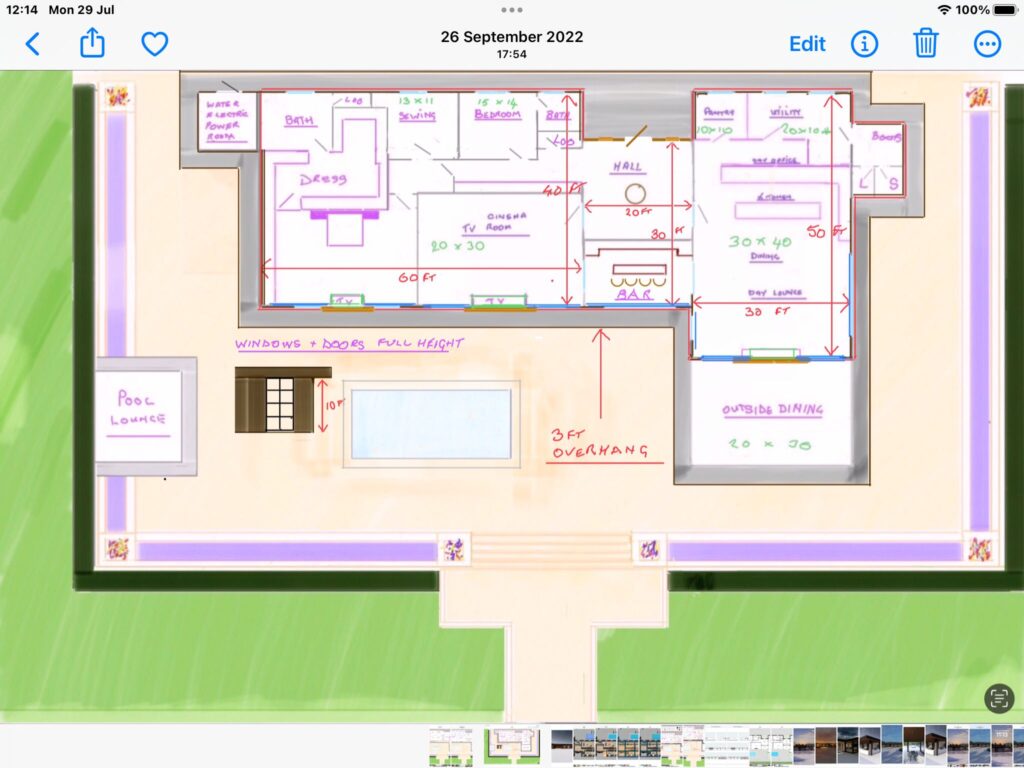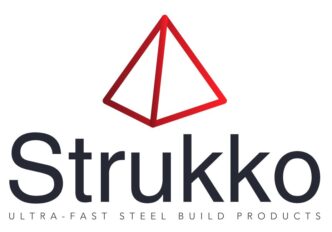
Beginner’s Guide to Light Gauge Steel Frames: What You Need to Know Before Starting Your Project
Light gauge steel (LGS) frames are increasingly becoming a popular choice for construction due to their strength, durability, and versatility. Whether you’re a DIY enthusiast, a contractor, or an architect, understanding the basics of LGS frames is essential before starting your project. This guide will cover what you need to know to get started.
1. What is Light Gauge Steel?
Light gauge steel is a type of thin steel, typically between 0.5mm to 2.5mm in thickness, that is cold-formed into various shapes. The most common shapes are C-sections and U-sections, which can be easily assembled into frames for walls, floors, and roofs. These steel frames are lightweight but strong, making them ideal for both residential and commercial construction.
2. Advantages of Light Gauge Steel Frames
- Strength and Durability: LGS frames are highly resistant to corrosion, fire, and pests. Unlike wood, steel doesn’t warp, shrink, or rot, which ensures longevity.
- Lightweight: Despite its strength, light gauge steel is much lighter than traditional steel, making it easier to handle and transport.
- Precision: LGS is manufactured with precision, ensuring consistent quality and dimensions. This precision makes it ideal for prefabricated construction and modular buildings.
- Environmentally Friendly: Steel is 100% recyclable, and many LGS products are made from recycled materials, reducing the environmental impact of your project.
3. Applications of Light Gauge Steel Frames
LGS frames can be used for a variety of building applications, including:
- Residential Housing: Ideal for single-family homes, townhouses, and multi-story residential buildings.
- Commercial Buildings: LGS is suitable for low-rise office buildings, retail spaces, and other commercial structures.
- Modular and Prefabricated Buildings: Due to their precision and ease of assembly, LGS frames are popular in modular construction, where sections of a building are prefabricated off-site and then assembled on-site.
4. Design Considerations
- Load-Bearing Capacity: While LGS is strong, it’s essential to consider the load-bearing requirements of your project. LGS is best suited for structures up to 10 stories; beyond that, additional structural support may be required.
- Thermal Conductivity: Steel has high thermal conductivity, meaning it can transfer heat and cold more readily than other materials. Proper insulation is crucial to avoid thermal bridging, which can lead to energy inefficiency.
- Acoustic Insulation: Steel can transmit sound easily, so additional measures may be needed to enhance sound insulation in walls and floors.
5. Building Codes and Standards
Before starting your project, ensure that your design complies with local building codes and standards. In many regions, LGS construction must meet specific criteria, particularly regarding fire resistance and structural integrity. Consult with local authorities or a structural engineer to ensure compliance.
6. Tools and Installation
- Basic Tools: A standard toolkit for working with LGS frames includes metal shears, screw guns, pliers, levels, and tape measures.
- Assembly: LGS frames are typically assembled using self-drilling screws, and components are cut to size on-site or prefabricated to your specifications. The assembly process is straightforward, but precision is crucial to ensure the structural integrity of the building.
- Safety Precautions: When working with steel, it’s important to wear protective gear, including gloves, safety goggles, and ear protection. Handling steel can result in sharp edges, so exercise caution.
7. Costs and Budgeting
- Material Costs: While LGS can be more expensive per unit compared to wood, the overall cost can be comparable or even lower when you factor in the reduced labor costs and shorter construction times.
- Long-Term Savings: The durability and low maintenance of LGS structures can lead to significant savings over time. Additionally, energy efficiency can be improved with proper insulation, reducing utility bills.
8. Finding Suppliers and Contractors
Choosing a reputable supplier is critical for sourcing quality LGS materials. Ensure that the supplier provides certified products that meet industry standards. If you’re not confident in assembling the frames yourself, hire experienced contractors who specialize in LGS construction to ensure the best results.
9. Common Mistakes to Avoid
- Ignoring Thermal Bridging: Without proper insulation, LGS structures can suffer from significant heat loss or gain, leading to energy inefficiency.
- Overloading the Frame: Ensure that your frame is designed to handle the intended load, including additional elements like cladding, insulation, and finishing materials.
- Poor Planning: As with any construction project, thorough planning and accurate measurements are essential. Mistakes in the planning phase can lead to costly errors during construction.
10. Future Trends in Light Gauge Steel Construction
- Sustainability: With increasing emphasis on sustainable building practices, LGS is expected to play a more significant role in green construction. Its recyclability and adaptability to energy-efficient designs make it a favorable choice.
- Technological Advancements: Innovations in LGS manufacturing and assembly, such as the use of 3D modeling and automated cutting, are making the construction process faster and more efficient.
- Increased Popularity in Residential Construction: As more people become aware of the benefits of LGS, it’s likely to see increased adoption in residential projects, especially in regions prone to termites, hurricanes, and earthquakes.
Conclusion
Light gauge steel frames offer a modern, efficient, and durable solution for a wide range of construction projects. By understanding the basics of LGS, including its benefits, applications, and potential challenges, you can make informed decisions that lead to a successful project. Whether you’re building a new home or a commercial space, Strukko StandFast® Light Gauge Steel is a versatile option that can meet your needs with the proper planning and execution.
